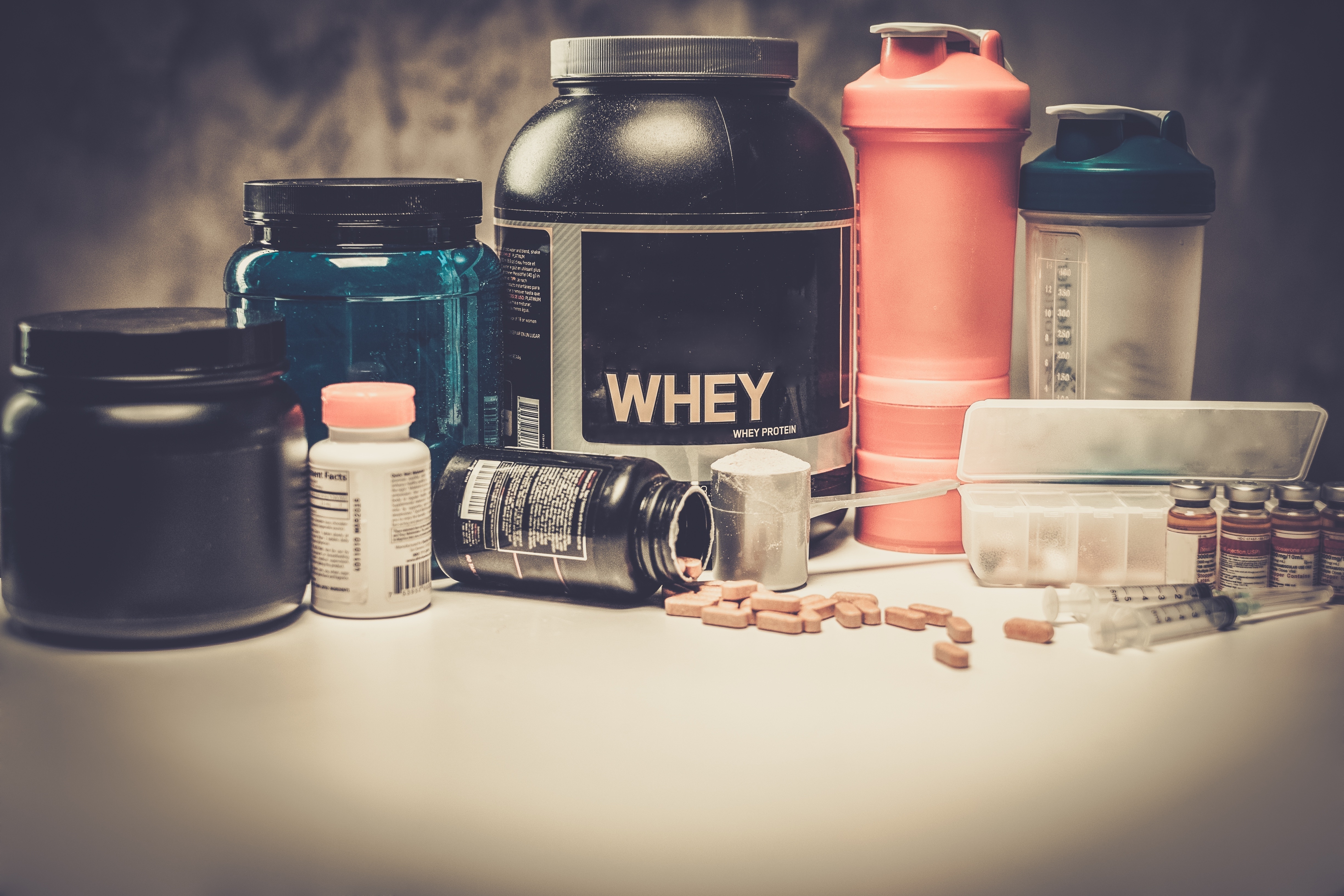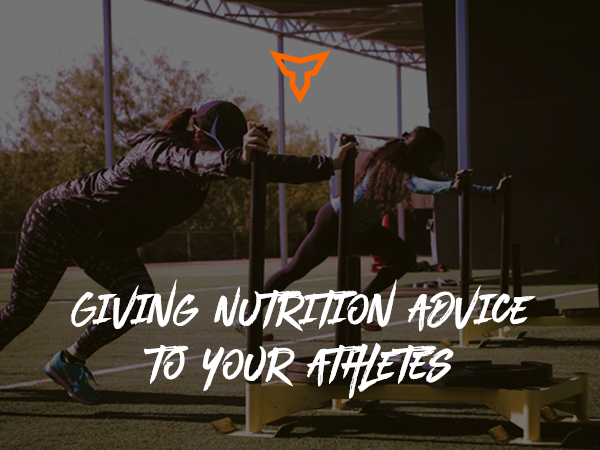Nutritional Science Made Simple for High School & College Athletes
Nutrition is a religion to some. The very epitome of their quintessential existence. Every meal planned, every macronutrient consumed, and every micronutrient met.
But, for many (especially those coaching or living in the high school and college realm), this isn’t the real world. Their days are filled with unexpected obstacles, limited budgets, and divisional time constraints.
Having spent the better portion of 5 years interning and working at the collegiate level, I can tell you first hand that scheduling is a nightmare. Not only that, athletic nutrition is a mere afterthought as practice takes precedence over training sessions at some schools.
This guide won’t delve into the science behind ATP generation, insulin biochemistry, or HPA axis regulation. However, I will provide you with 4 simple strategies to improve performance and alter body composition in a positive manner.
1. Utilize A Liquid Form of Carbohydrates During Training
As developing athletes, your biggest asset for high workloads is the addition of liquid carbohydrates during training. Most assume liquid carbs only have a place within extreme endurance or high intensity sporting events. However, in the case of high school athletes, most will workout before school (6AM-ish) or immediately after their last class (3PM-ish).
Now, if you’ve ever worked with high school athletes, you know it is nearly impossible to get them to eat breakfast. Mornings are usually spent smashing the snooze button before scrolling through Instagram and wandering out the door 5 minutes late with a stale Eggo waffle in hand.
Similarly, afternoon workouts won’t be completed until 3-4hrs after lunch and as such, liver glycogen and blood glucose will be a bit low due to all the recent classroom cranial processing.
As such, it might be wise to add 25-30g of liquid carbs in the form of a glucose or dextrose based analog (e.g. Gatorade, Powerade, etc.) to help offset the fatigue-inducing effects of training. If you haven’t had a chance to look into the research on the topic, here’s a few benefits to consider:
- Lower prevalence of upper respiratory tract infections (URTIs)1,2
- Improved muscle glycogen resynthesis3
- Blunted cortisol response4
- Improved T:C (testosterone:cortisol) ratio5
2. Eat Mostly Home Cooked Meals (if Possible)
Given the pace of our current society, this isn’t always possible—parents working multiple jobs, after-school practices ending late, and a general over commitment in all facets of life. Often, this leaves young athletes to fend for themselves.
However, whenever possible, try to eat the bulk of meals at home with family.
From a nutritional standpoint, this is a powerful tool to (hopefully) provide athletes with a variety of whole foods offering the largest nutritional “bang for their caloric buck” so to speak.
Physiologically and psychologically, this helps to offset many of the digestive and immunological complications from eating on the run by yourself. Humans were made to socialize and have relationships with those they are close to, don’t neglect that if you can help it.
3. Eat Breakfast
Most high schoolers and young adults are poor time managers—unfortunately, that’s just par for the course when you don’t have much experience.
But, when it comes to missing meals and falling short of calories, breakfast is usually the culprit. Rather than trying to meal prep for the week or worrying about the newest frittata recipe on Food Network, just take a page out of my playbook:
- 1-2 Cups of oats
- 1.5 Scoops of whey
- 2 Tbsp of chia seeds
- 2 Tbsp shredded coconut
- 0.5 Cups of greek yogurt (I use less whey when I add GY)
- 2 Tbsp of cocoa
- 2 Servings of frozen or fresh fruit
- Liberal amounts of cinnamon
- Pinch of salt
These are overnight oats and they’re probably the single greatest breakfast invention since sliced bread. Admittedly, I wasn’t the first to popularize them but I’ve experimented with them in some form or another for the last 6 years so I’ve had quite a bit of practice.
Dump everything in a bowl, add water/almond/coconut/cow’s milk and stir until all the ingredients are well incorporated. Toss them in the fridge the night before and then pull them out for breakfast the next morning.
If you like them thicker (as I do), use less water and allow it to sit longer. If want them thinner, sub the chia seeds for another type of nuts (almonds, walnuts, cashews, sunflower seeds, etc.), eliminate the Greek yogurt, and use more liquid.
4. Try at Least 1 New Fruit and Vegetable Weekly
The gut microbiome is a pretty hot topic of conversation lately. It affects everything from immune function to sleep regulation and everything in between. In the worlds of the great philosopher Hippocrates:
“All disease begins in the gut.”
Admittedly, if the athlete is in high school, this recommendation will likely require some education and lifestyle guidance on the part of the parents. But, if you’re a college athlete, you need to step up and take responsibility for your own health and wellbeing.
You can try to convince yourself that corn dogs, flamin’ hot Cheetos, and ramen constitute a valid meal but you’re going to have a tough time winning that argument with anyone except yourself. Eat like a child long enough and you will eventually have to deal with the long term metabolic and physiological consequences of your poor lifestyle choices.
In case you missed the first piece, don’t forget to check out the first piece in this series on supplementation!
References
- Carbohydrate supplementation affects blood granulocyte and monocyte trafficking but not function after 2.5 h or running.
- Carbohydrate and the cytokine response to 2.5 h of running.
- Contraction-stimulated muscle glucose transport and GLUT-4 surface content are dependent on glycogen content.
- Nutritional and contractile regulation of human skeletal muscle protein synthesis and mTORC1 signaling
- The impact of an ultramarathon on hormonal and biochemical parameters in men.
Subscribe to our blog
Subscribe to receive the latest blog posts to your inbox every week.
Related posts

Simple Supplementation Guide For the High School Athlete (Part 1)

Affordable, Fundamental Nutrition for The High School Athlete

